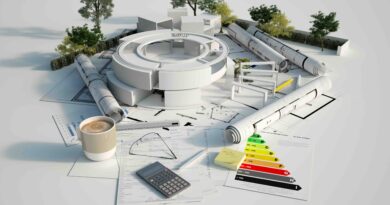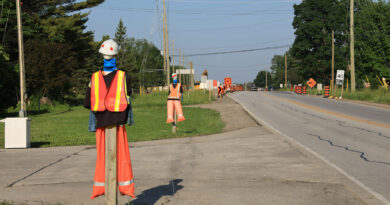Experts push for smarter water management in Great Lakes
The Great Lakes Water Conference highlighted the growing urgency of securing clean, reliable water for the region’s communities, ecosystems and economy. Experts emphasized that outdated infrastructure, climate-driven shifts toward heavier rainfall and nutrient runoff from agriculture continue to strain water systems already built for a different era. Panelists argued that current approaches — largely voluntary and incremental — are insufficient for achieving true water security, calling instead for integrated governance, cross-border collaboration, Indigenous engagement and more robust data-driven strategies. As heavier storms flush nutrients into waterways and trigger flooding and harmful algal blooms, researchers stressed that the status quo cannot meet the region’s long-term needs.
One promising solution discussed is Ohio’s expanding use of wetlands to filter nutrient-laden water before it reaches rivers and lakes. New monitoring from the H2Ohio program shows that even relatively small, well-placed wetlands can significantly reduce phosphorus pollution and help limit harmful algal blooms, with standout examples like the Williamsburg Wetland Treatment System demonstrating strong performance. Although wetlands face challenges during extreme droughts or floods, ongoing oversight, strategic placement and continuous monitoring help maximize their impact. Early indicators suggest that 2025 brought a mild to moderate algal bloom season in Lake Erie, strengthening optimism that wetland restoration — guided by evidence and aligned with both community and agricultural needs — can meaningfully improve water quality across the region.




